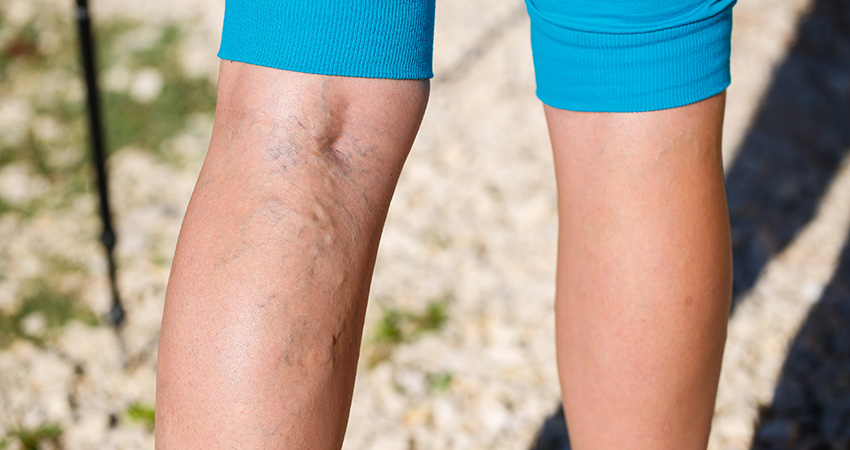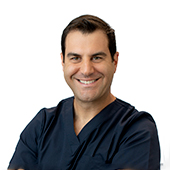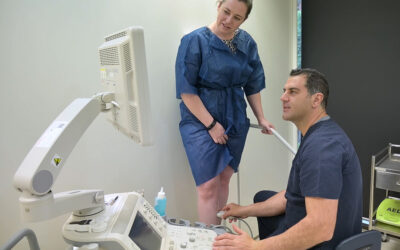Yes, varicose veins can appear in just one leg. But in many cases, a duplex ultrasound reveals hidden venous problems in the other leg too, even if they aren’t visible on the surface yet.
— Dr Peter Paraskevas, Phlebologist
Why One Leg Shows Veins Before The Other
Vein disease does not always develop symmetrically. One leg may have valves that fail earlier, or there may be more pressure from standing, exercise, or an old injury. Genetics also play a big role, meaning some veins deteriorate faster than others.
From the outside, it can look as if only one leg has a problem. But the visible, bulging veins are often just the “tip of the iceberg.” Underneath, there may already be reflux (backward blood flow) in both legs.
Why Ultrasound Matters
To find the real cause, a duplex ultrasound is essential. This imaging test maps blood flow and valve function in both legs.
It shows:
- Whether hidden varicose veins exist in the other leg.
- The source of venous reflux (where the problem really begins).
- Which treatment options will give long-term results.
Patients often ask me why I scan both legs when only one looks affected. They sometimes wonder if I’m wasting their time! The truth is, the veins you see are rarely the whole story. The scan is what uncovers the real problem.
— Dr Peter Paraskevas, Phlebologist
Risk of Treating Only What You See
When treatment is focused only on the surface veins, the results are usually temporary.
Common outcomes of incomplete treatment include:
- Recurrence of varicose veins within months.
- Ongoing symptoms such as heaviness, itching, or swelling.
- Long-term risks, including skin changes or venous ulcers.
Why Seeing a Phlebologist Matters
The goal is not just cosmetic improvement, but fixing the source of reflux so symptoms don’t return. That’s why a qualified and expert phlebologist assesses both legs together — even if only one leg appears affected at first glance.
That’s the only way to achieve long-lasting results.
Key Takeaway
Varicose veins that “appear in one leg only” often aren’t alone for long.
A thorough scan by a phlebologist ensures you don’t just treat what you see. You treat the real problem.
FAQs: Why do varicose veins appear in one leg only?
1. Can varicose veins affect just one leg?
Yes, varicose veins can appear in only one leg at first. However, a duplex ultrasound often shows hidden vein problems in the other leg, even if they are not visible on the surface yet.
2. Why do varicose veins usually start in one leg?
Varicose veins may start in one leg due to uneven valve weakness, differences in pressure (from standing habits or past injuries), or genetics. One leg’s valves may fail earlier than the other, making it appear affected first.
3. Do I need an ultrasound if only one leg has visible veins?
Yes. An ultrasound is essential because the visible veins are often just the tip of the iceberg. The scan identifies reflux in deeper veins, and can detect hidden problems in the other leg before they become obvious.
4. What happens if I treat varicose veins in one leg but not the other?
If only the visible veins are treated, the underlying problem often remains. This can lead to recurrence, ongoing symptoms like heaviness or swelling, and eventually new varicose veins in either leg. Treating both legs comprehensively prevents this cycle.






